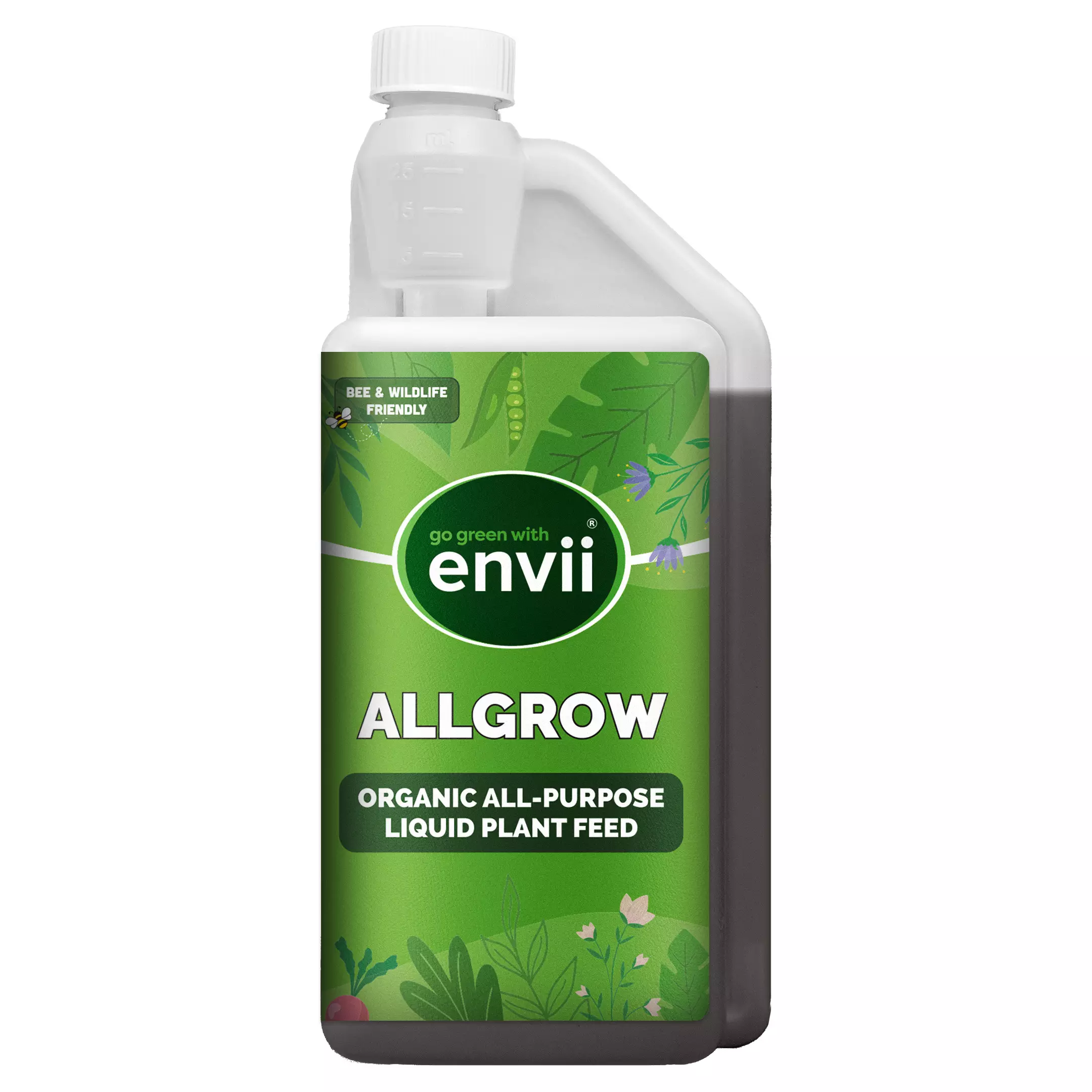How to grow pumpkins and squash
Pumpkins and squash are delicious vegetables that come in all shapes and sizes. This substantial and hardy crop can be transformed into many different delicious meals including curries and soups. With many varieties available, it is easy to grow something you can’t find in your local supermarket.
What’s the difference between pumpkins and squash
Before we dive into how to grow pumpkins and squash, it is important to understand the difference between the two. The answer is simple, pumpkins are a type of squash. Therefore, you can refer to a pumpkin as squash, but you cannot refer to squash as a pumpkin.
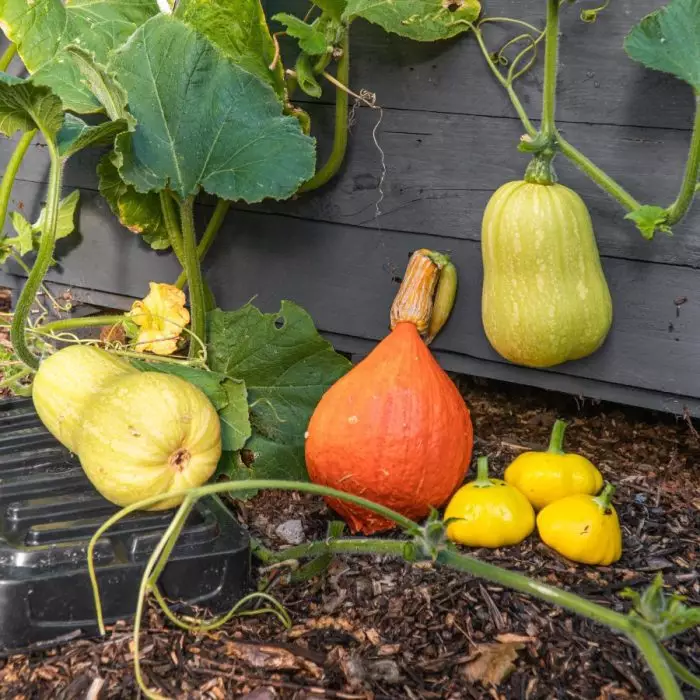
How to grow pumpkins and squash from seed
This crop is a hungry plant that needs lots of space, fertile soil, and full sun. Before choosing to grow squash, ensure you can provide them with the necessary environment. Start them off in module cells filled with peat-free compost between April and March then transfer them into larger pots once they become established plants. When they are big enough, harden them off and move them to their final destination once all signs of frost have disappeared.
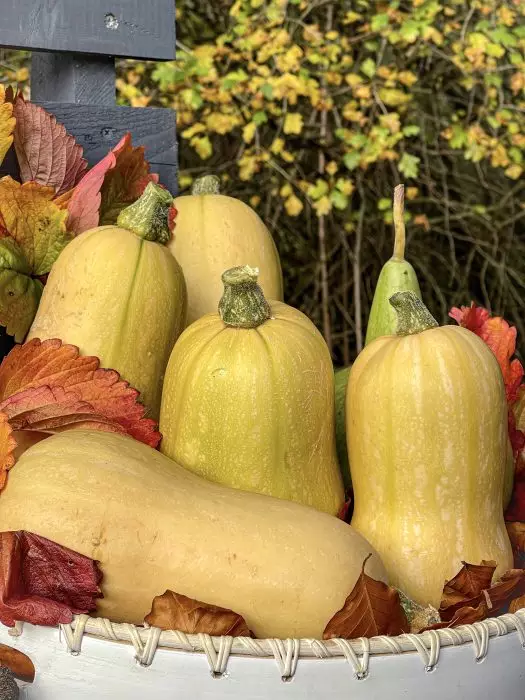
How to sow pumpkins and squash seeds
When it comes to sowing, make sure to germinate and grow more than you need in case anything was to happen to any of the plants.
Before sowing the seeds, it is a good idea to soak them first. The best way to do this is to soak them in a container full of water for a couple of hours. Wrap the seeds in a piece of kitchen roll before putting them into the water so the seeds sink to the bottom. Neglecting this step simply causes the seeds to float on top of the water.
After the seeds have been soaked, nick the seeds to increase the chances of and speed up the rate of germination. This can either be done with a knife or a pair of scissors. For a more detailed explanation of how to do this, watch the video below. Alternatively, carefully remove the husk making sure not to damage the seed. Disregarding this step means it could take between 14 and 21 days to germinate.
Seed Germination
There are two ways to germinate seeds. Option one is to place the soaked seeds on a damp paper towel, wrap them up like a parcel, place them in a clear plastic bag and leave them on a windowsill. Germination should take roughly 5 days, however it is important to check every day as this could take longer. Plant them immediately once they have germinated.
The second option is to plant them directly into module cells individually, in peat-free compost. Push the seeds roughly two centimetres down. Sprinkle some more compost on top. Don’t forget to label them!
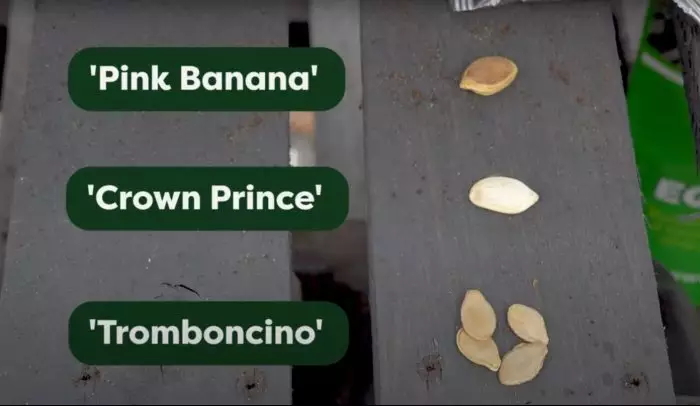
Planting out pumpkins and squash
It is time to transplant young plants when they are big enough to handle. This allows the plant to develop a larger and stronger root system. When all signs of frost are gone, begin hardening them off outside during the day for around 2 weeks. After which you can plant them at their destination.
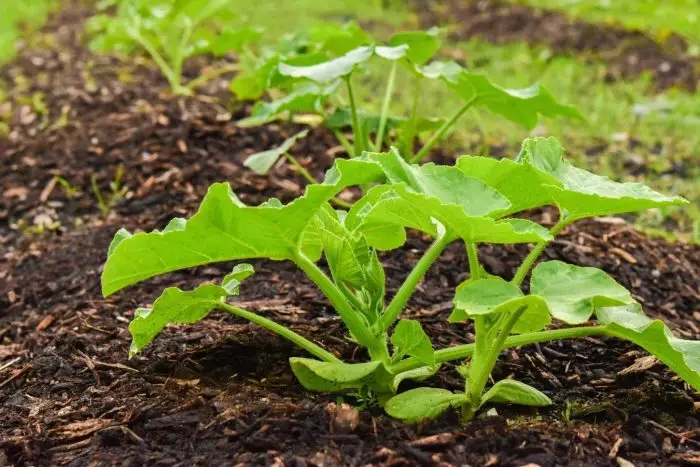
Where to plant pumpkins and squash
Choose a space that is in full sun with rich soil. These plants are greedy and like lots of room. If you do not have the space or would like to be more efficient with the space you do have, consider growing vertically using a trellis or an arch.
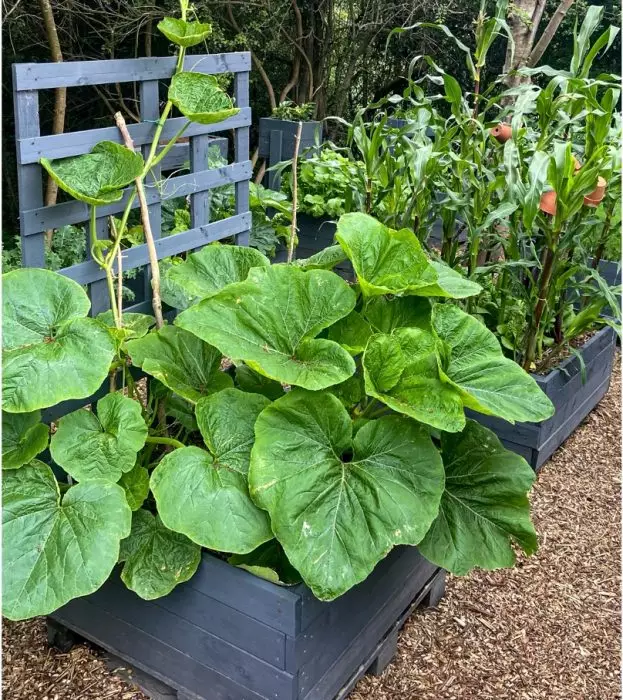
Pollinating pumpkins and squash
These plants grow male and female flowers. Only the female flowers turn into fruit. For this to happen the pollen needs to be transferred from the male flower to the female. This should be done by bees and other pollinators but if you are experiencing a wet summer, you may need to aid in the pollination process.
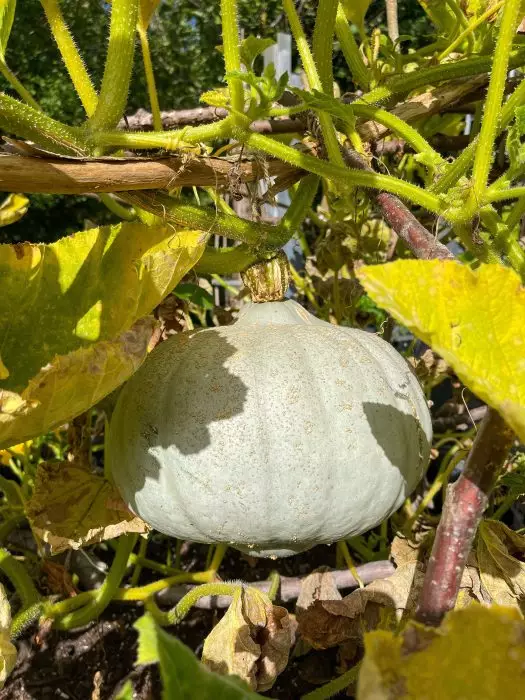
Problem-solving
Slug damage is a common problem with young squash plants. When planting them out, consider using a natural, organic slug deterrent.
Feeding pumpkin and squash plants
As mentioned previously, these plants are greedy, so it is important to give them a weekly feed with an organic all-purpose feed such as Allgrow once the plant has become established.
How long does it take for squash and pumpkins to grow?
On average it will take around 4 months for your squash to grow. If they are summer squash you will be able to pick them through summer, as and when they are ready. Winter squash should be left to mature on the plant and therefore picked in September/ October, before the first frost.
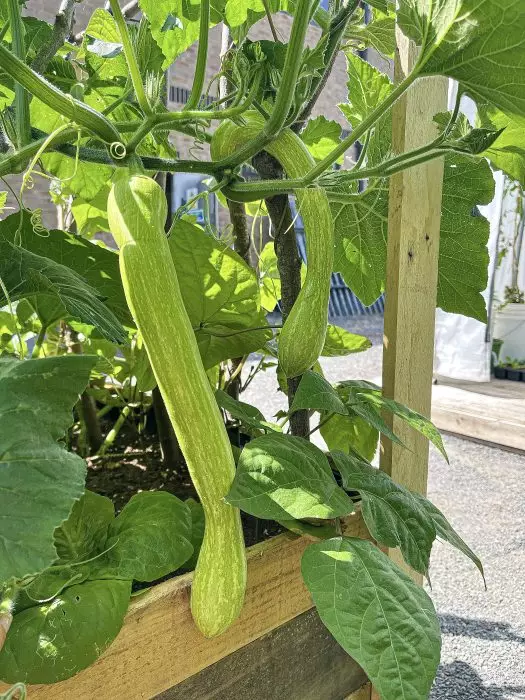
Harvesting and storing
Pumpkins and squash are ready to harvest when the skin hardens, and the stem begins to crack. Keep the stem as long as possible and pick before the first frost using a sharp pair of secateurs. Keeping the long stem stops any infection or disease from getting into the squash or pumpkin. Depending on the variety, you can typically harvest 2 or 3 good-sized fruits from one plant and they should store for about a month. Leave the crop to dry out in the sun to toughen the skin and prevent them from drying out in storage.
To find out more on how to harvest squash and pumpkins, watch the video below.
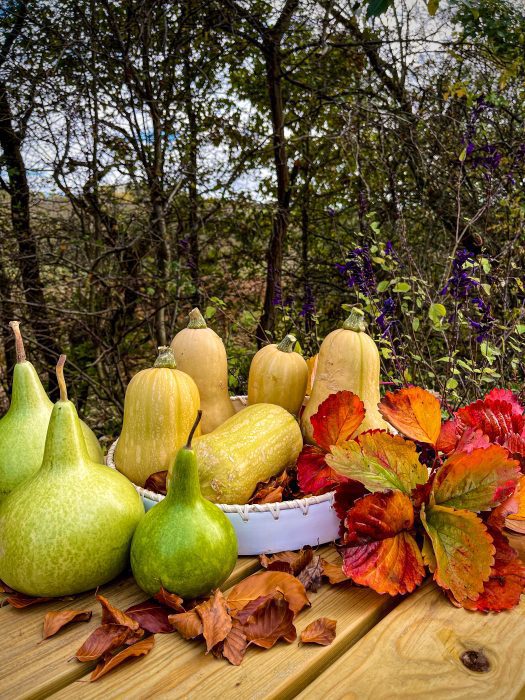
Popular Pumpkin and Squash Varieties
1.Uchiki Kuri
2. Crown Prince
3. Tromboncino
4. Butternut squash
5.Honey nut squash
Related Products
-
 New in
New in
Envii Allgrow
£10.99Organic multi purpose plant feed for use on all plantsAdd to Basket

 Call us on 01246 240880
Call us on 01246 240880 Sign-up and receive 10% off
Sign-up and receive 10% off
